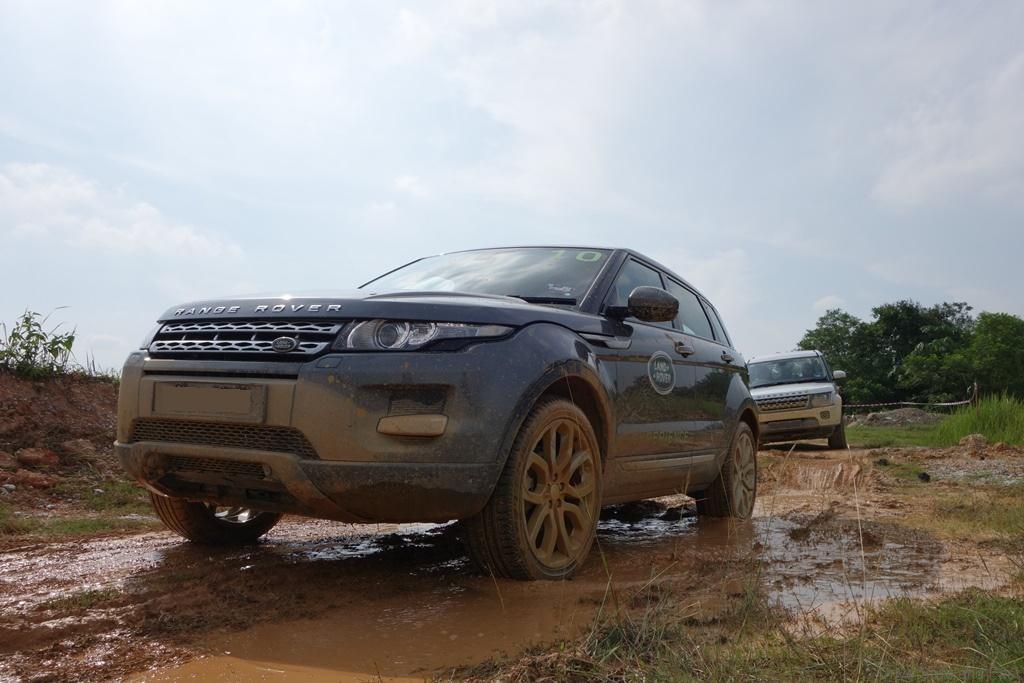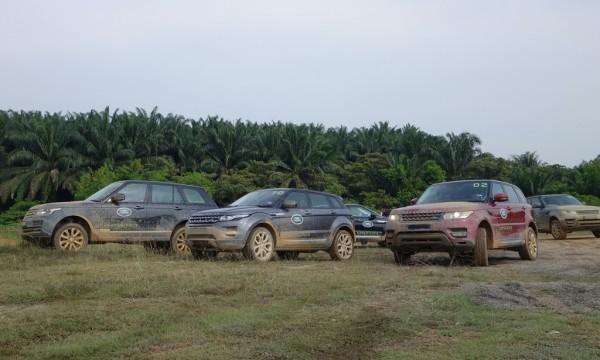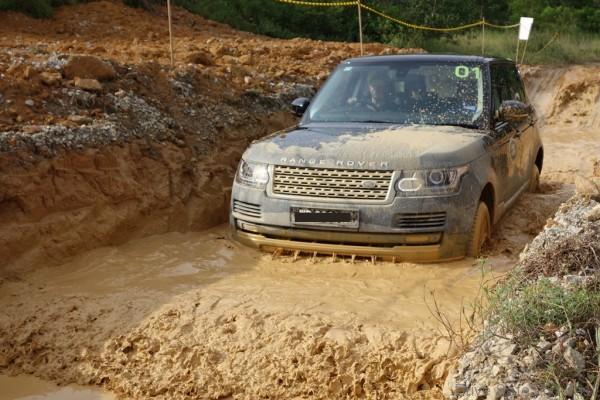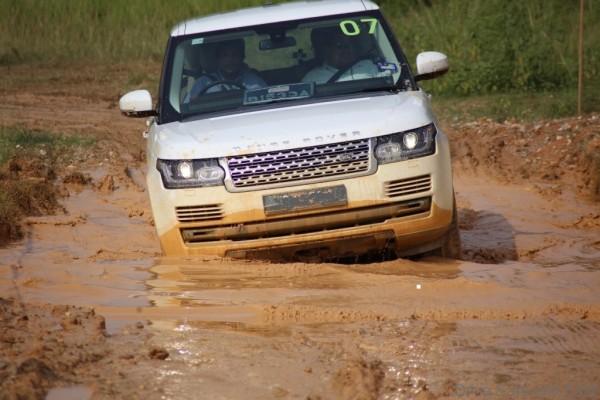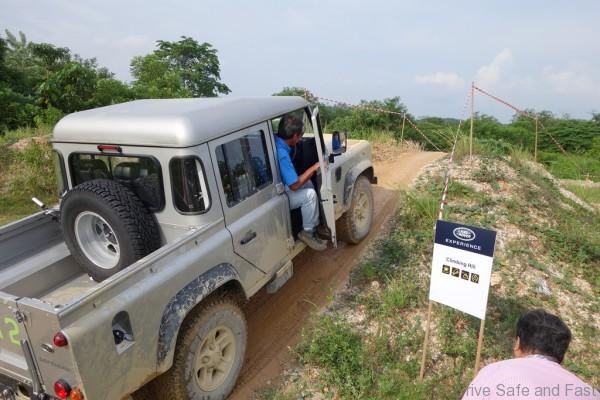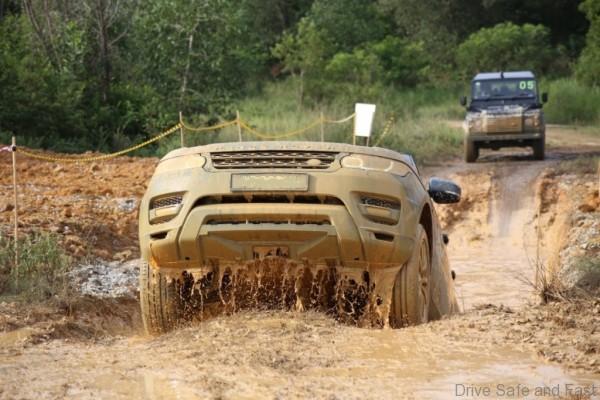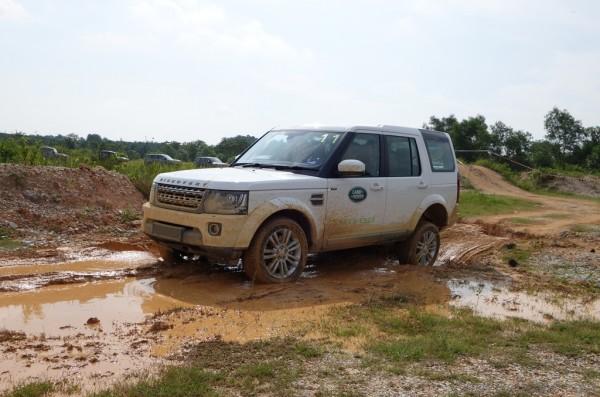Jaguar Land Rover (Malaysia) Sdn Bhd (JLRM), the exclusive importer of Jaguar and Land Rover vehicles in Malaysia, recently organised Land Rover Experience Drive Days, a 5-day special off-road driving experience at Sepang to demonstrate the full capabilities of Land Rover vehicles to owners and prospects.
Under the expert guidance of certified Land Rover instructor Kenneth Yap, more than 500 Land Rover owners had the opportunity to learn about various unique features and systems that enable their vehicles to tackle both city roads and the toughest off-road terrains with aplomb.
According to JLRM managing director Tuan Syed Mudzhar Syed Ali, the event was meant to help owners and prospects appreciate the Land Rover brand, and realise and experience the fullest capabilities of the vehicles.
“We have a growing number of customers who are new to Land Rover. We are perhaps the only premium luxury brand that can offer the perfect combination of iconic design, enabling technology, on-road refinement and extraordinary off-road capabilities with every product. But best of all, we have a heritage, built over seven decades, that makes Land Rover stand apart from the rest.”
Every one of these vehicles is a proper off-roader. Large as Land Rovers may be, there’s simply no room for compromise. While other luxury SUVs can be made to be great performers on the road and leave off-road ability as an afterthought, every single one of Land Rover’s products dominate the competition when it comes to all-terrain drivability. It’s not as if on-road performance takes second place either, the Range Rover Sport SVR, for instance, can do the Nordschleife circuit at the Nürburgring in just 8 minutes and 14 seconds. That’s more than 2 seconds faster than the original Honda NSX.
This event though was very much a demonstration of the superiority off the tarmac. Almost the entire family of Land Rover products were brought out for some fun in the mud, with the exception of the Discovery Sport which is still awaiting its official launch in Malaysia as well as the Freelander 2 that it replaces.
All of these big, beautiful machines have features and technologies developed in-house by Land Rover, and members of the media got to experience them first hand. Even on the barebones but legendary Defender, there were marvels of engineering to behold. We were given a demonstration of one of these, its anti-stalling ability which automatically keep revs up while in first gear without driver input. This means that it is able to climb hills and go through elephant steps without ever stalling. Theoretically, the Defender is unstoppable.
Hill Descent Control, one of the highlights you’ll find on many modern Land Rovers is a sort of cruise control meant for slippery downhill descents. The driver simply sets the pace on the information panel, let’s his feet off the pedals and steers it in the right direction. The system will do the rest, by applying brakes to individual wheels where needed to keep things at a steady speed.
Air Suspension on the other hand allows even the gargantuan Range Rover to lift or lower itself depending on the situation. Access mode, as its name suggests, brings the whole vehicle down by a few centimetres foreasier access to areas with height limitations. It also helps lower the centre of gravity when traversing slopes. Extended mode on the other hand brings the car up and out of ditches in the unlikely event that it gets stuck.
Terrain Response and Terrain Response 2 are pretty amazing features unique to Land Rovers as well. The former has a set of preconfigured instructions for how the vehicle manages different terrain types. Simply select the condition of the ground you’re about to drive on and let the on board computer handle power and brake distribution. The 2nd iteration builds on this, but is intelligent enough to know what it’s on without user input.
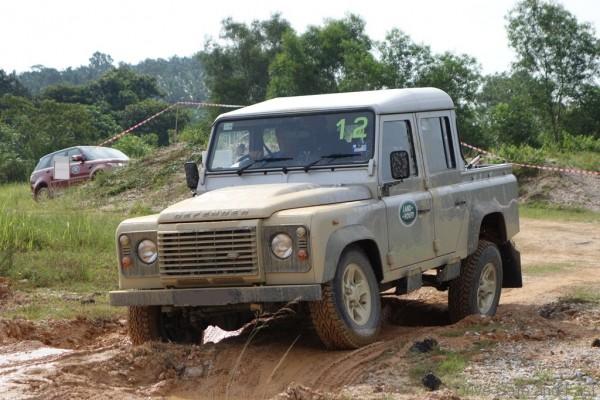
Before participants were allowed to try these features out, the basics of off-road driving were covered as part of the Land Rover experience. Participants learnt about vehicle dimensions and clearance limitations, how to ascend and descend hills, tackling ruts and ditches, traversing slopes, and crossing deep waters and elephant steps.
The instructors also shared the ‘Fragile Earth’ philosophy, which stressed that good off-road driving meant getting to a destination without harming people and damaging the environment and the vehicle.
All-in-all the Land Rover experience ended up demonstrating that the company was committed to engineering impossibilities. Most of these were vehicles, with the exception of the Defender, are draped in the plushest seats and finest leathers, almost otherworldly in terms of refinement and comforts. Yet they were still able to plough through sections of off-road track that were practically liquid all the way through even with standard road tyres on. It’s proof that Land Rovers still live up to their reputation for being dominant off-road vehicles, no matter how soft and comfy they are on the inside.


